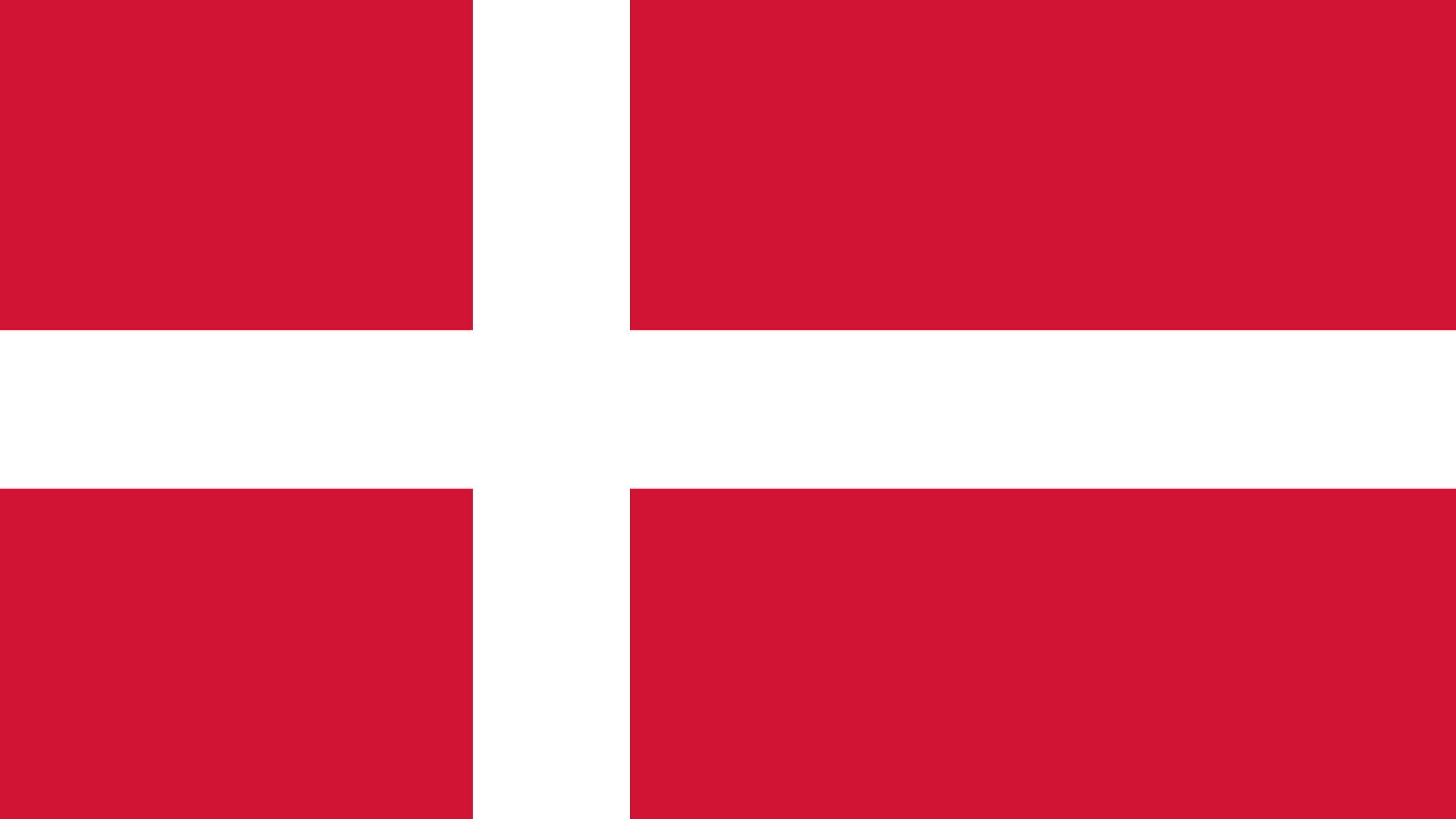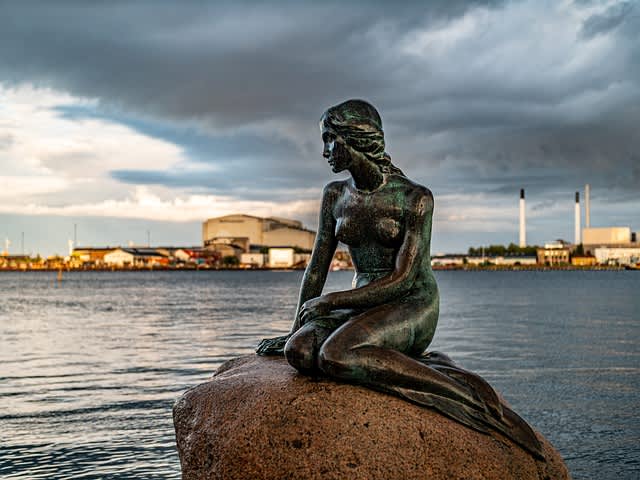Danish Translation

Danish Translation and Localization
TrueLanguage offers timely, precise Danish translation and localization services. We can handle virtually any type of translation project. Our team of professional linguists includes native speakers of Danish and certified subject matter experts who can perfectly translate material following your exact specifications. We use cutting-edge translation and project management tools and follow ISO 9001 standards, guaranteeing efficient, high-quality, and authentic results.
Fra dansk til engelsk
Language Facts and Information
Danish Snapshot
Danish is a North Germanic language spoken by around 6 million people, primarily in Denmark but also in parts of Germany, Greenland, and the Faroe Islands. It is a descendant of Old Norse, the language spoken by the Vikings. It has undergone significant changes over time, including the loss of case endings and the development of a distinct pitch accent. Danish is closely related to other Scandinavian languages, such as Swedish and Norwegian, and shares many similarities with them, although it also has its own unique characteristics. Despite its relatively small number of speakers, Danish has a rich literary tradition and is an important language in fields such as business, science, and the arts.
Danish Facts and Trivia
Where it’s Spoken
Danish is primarily spoken in Denmark. It is also spoken by Danish communities in parts of Germany, specifically in the region of Schleswig-Holstein, which used to be a part of Denmark. Danish is also spoken in Greenland, a self-governing territory of Denmark, and in the Faroe Islands, an autonomous region of Denmark. In addition to these areas, Danish is spoken by expatriate communities around the world, particularly in other Scandinavian countries such as Sweden and Norway, as well as in other parts of Europe, North America, and Australia.
Global Statistics
Despite this relatively small population, Denmark is a global leader in English proficiency, ranking as the second-best country in the world in the 2019 EF English Proficiency Index. This ranking suggests that many Danes are bilingual in English and Danish, which may be attributed to Denmark’s strong emphasis on language education in schools. One distinctive feature of the Danish language is the use of stød, a unique sound feature that is a glottal stop or a sudden burst of air in the throat, which emphasizes certain syllables. Despite its small size, Danish has had a significant impact on the English language, with words such as “lego,” “smorgasbord,” and “hygge” becoming part of the English lexicon, reflecting Denmark’s influence on global culture.
Impact of Danish Worldwide
While Danish is not as widely spoken as some other languages, it still has an impact on diplomacy, business, and culture worldwide.
In terms of diplomacy, Danish is an official language of the European Union and the Nordic Council. It is also used as a working language in international organizations such as NATO and the United Nations. As a result, proficiency in Danish can be an asset for individuals working in fields such as international relations and diplomacy. In the business world, Denmark is home to several successful companies in industries such as pharmaceuticals, shipping, and renewable energy. Proficiency in Danish can be advantageous for individuals interested in working for or doing business with these companies. Additionally, Denmark has a high standard of living and a strong social welfare system, which can make it an attractive destination for businesses looking to expand into the European market.
Culturally, Danish has a rich literary tradition, with authors such as Hans Christian Andersen and Karen Blixen achieving worldwide recognition. Danish cinema has also received critical acclaim in recent years, with films such as “The Hunt” and “Druk” (also known as “Another Round”) winning international awards. In addition, Danish design is known for its clean lines and functional aesthetic, and companies such as LEGO have become global brands.
Overall, while Danish may not have the same level of global influence as languages such as English or Spanish, it still has an impact in areas such as diplomacy, business, and culture.
Regional Variations
The traditional dialects of Danish can be divided into three main areas: Insular Danish (ømål), which encompasses the dialects of several Danish islands, including Zealand, Funen, Lolland, Falster, and Møn; Jutlandic (jysk), which is further subdivided into North, East, West, and South Jutlandic; and Bornholmian (bornholmsk), the dialect of the island of Bornholm. The Jutlandic area can be further divided into Southern Jutlandic and Northern Jutlandic, with North Jutlandic and West Jutlandic being the two sub-dialects of Northern Jutlandic. Insular Danish, on the other hand, is divided into four dialect areas: Zealand, Funen, Møn, and Lolland-Falster, with each having additional internal variation. While Bornholmian is the only Eastern Danish dialect spoken in Denmark, the term “Eastern Danish” is occasionally used to include dialects of Scania and Jutlandic dialects and Insular Danish and Bornholmian. These traditional dialects differ from standard Danish in terms of their phonology, grammar, and vocabulary. One of the most distinctive differences is the presence or absence of stød, which can take four different regional variants. Phonetically, no stød is used in Southeastern Jutlandic, Southernmost Funen, Southern Langeland, and Ærø, but a pitch accent is used instead. South of the “Stød border” line, which runs through central South Jutland, crossing Southern Funen and central Langeland, and north of Lolland-Falster, Møn, Southern Zealand, and Bornholm, neither stød nor pitch accent exists. Most of Jutland and Zealand use stød, with the stød line dividing Southern Zealand, an area that did not have stød, from the rest of the island that used to belong to various noble estates.
Origin and History
The Danish language is a North Germanic language and is closely related to Norwegian and Swedish. The earliest known examples of written Danish date back to the 13th century, and over the centuries, the language evolved through the influence of Low German, Latin, French, and English. During the Reformation in the 16th century, the Danish Bible was translated into Danish, which helped standardize the language and establish it as the official language of Denmark. In the 19th century, the Danish language underwent a linguistic reform, which simplified the language by removing archaic spellings and forms. Today, modern Danish has a standardized written form based on the dialect spoken in the capital city of Copenhagen. It continues to evolve through the influence of global languages such as English. Despite the changes, Danish remains an important part of Danish culture and identity, and it is used in a variety of contexts, from literature and art to politics and business.
Summary
Since the Danish language is constantly evolving, you must have informed and highly experienced professional linguists for producing accurate and culturally appropriate translations. At present, Danish features approximately 200,000 words and adopts or adds 3000 new words each year. Will you need a Danish translation that will easily be understood in all regions where the language is spoken? Or do you rather require a regionally specific translation? Select either our TrueGlobal or LocalVoice approach as appropriate.
Consider a Partnership with TrueLanguage
Are you looking for a partnership with a language service provider? If so, you may wish to consider TrueLanguage. We offer ISO-Certified state-of-the-art business translation services that are on budget, on time, and to your exact specification. Every time. Or perhaps you’re just looking for a cost-free, no-obligation estimate for your next translation project. Either way, we’d love to hear from you!


